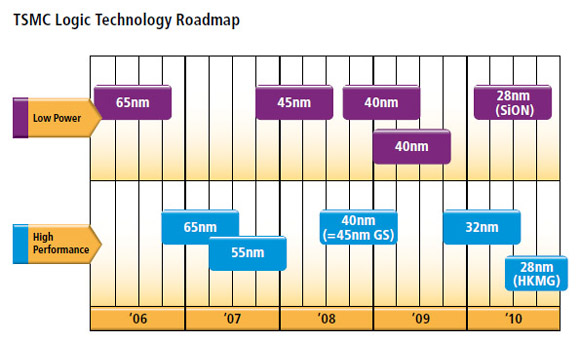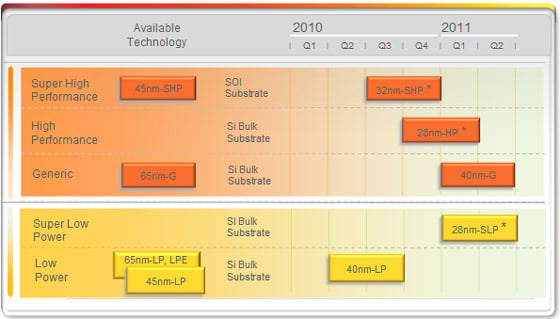Well, AMD didn't quite reach 1Ghz with first try (rv770) neither (at least they only needed 1Ghz chips to reach their 900Mhz...) - though maybe they didn't really try as the HD4870 definitely wasn't bandwidth starved. First 40nm gddr5 controller (rv740) had quite low speed too, and that one could have benefited from a bit more, though it was meant to be quite cheap.They also forget to tell that someone needs to make a memory controller that works at those speeds fine (which could add to costs). Nvidia had problems to reach 4GHz on the first try
In any case, rv870 (as well as rv840) seems to be able to run at 1.25Ghz (the rated maximum of the chips) easily, so I don't think a bit of an increase should be any problem for next gen. Might not quite reach the 1.75Ghz for those 7gbps chips, but who knows if hynix actually can deliver those anyway - something like 1.5Ghz would at least be a 20% improvement.




